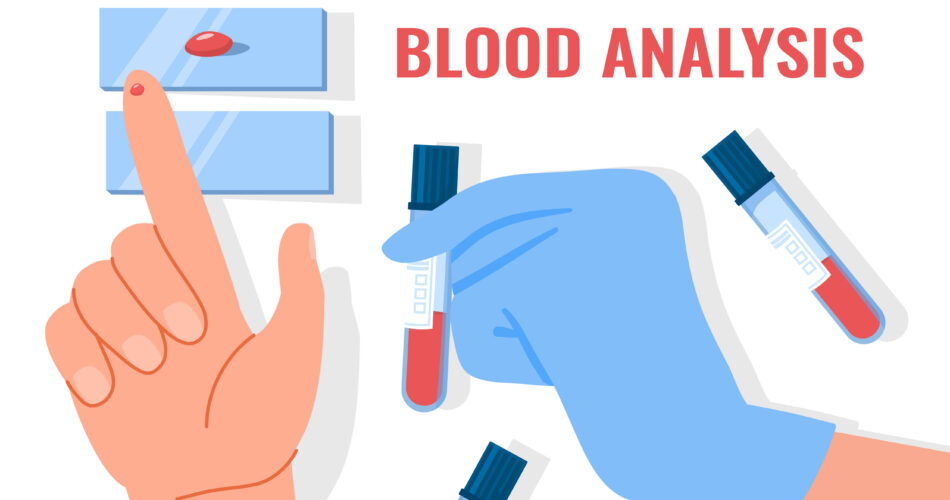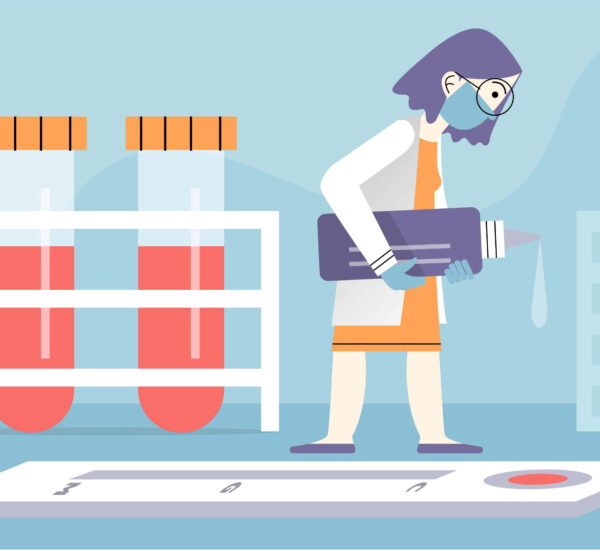When it comes to HIV home testing, it is crucial to collect the HIV sample properly to ensure accurate results. Simple complications like contamination of the samples can alter the test result, resulting in false positives and negatives.
If it is your first time using a self-test kit for HIV, knowing the proper collection of HIV samples is a must. That way those mishaps can be prevented, and help determine the correct HIV status. Fortunately, we’ll cover more about this topic in this comprehensive guide.
Discover the crucial aspects of HIV sample collection below! Let’s begin!
Screening for HIV: Testing Facilities and Self-Test Kits
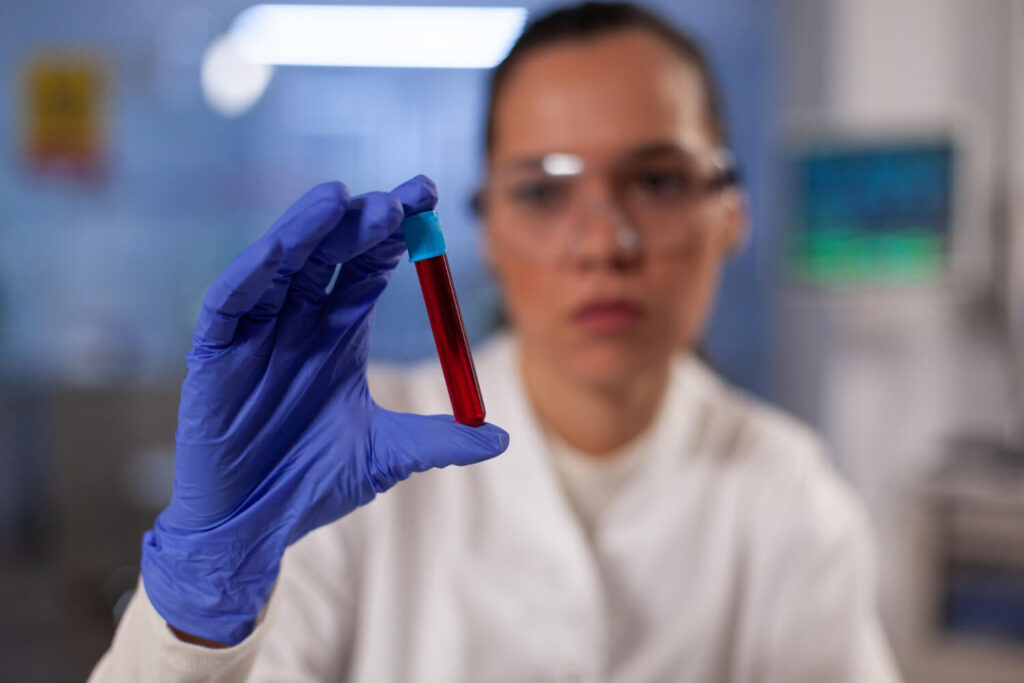
HIV, or Human Immunodeficiency Virus, is an illness that can be associated with sexually transmitted diseases. Its commonly known transmission is rooted in unprotected sexual relations. Unfortunately, despite the increase in cases of HIV, most people are still unaware of their high risks. Thus, possible exposure to HIV is possible.
Testing for HIV using HIV screening methods helped manage the complications brought by HIV exposure. With available testing facilities, people can determine their HIV status as healthcare providers assess the viral load or HIV infection. Experts usually use a nucleic acid test or NAT, a lab test for a thorough HIV viral load test.
Laboratory tests offer an effective approach to HIV screening; however, privacy can be lacking in testing facilities that can be available at public locations such as hospitals, local health centers, medical clinics, etc. Fortunately, other options like self-test kits are available, which people can use in private locations. The only matter they should worry about is the proper collection of samples to ensure an accurate HIV diagnosis.
Types of Tests for HIV Home Testing
Having multiple options for HIV home testing allows you and other patients to choose a method that best suits your needs and comfort level. By ensuring proper sample collection and following testing guidelines, accurate results can be obtained privately and conveniently.
Antibody Test
The antibody test is a common method used for HIV home testing. It detects the presence of antibodies produced by the immune system in response to HIV infection. This test is commonly used for a rapid test as it is simple and easy to perform. Usually, it only requires a small blood sample obtained through a finger prick. However, some antibody tests can also use oral fluids as their sample. Thus, making it an ideal choice for your first test for HIV screening.
Combination Test
The combination test is another option for HIV home testing, which looks for both antibodies and antigens of HIV. This test can detect HIV infection earlier than the antibody test alone, as it identifies the virus itself in addition to the immune response. It typically requires a blood sample similar to the antibody test but provides more comprehensive results.
Please take note that both types of HIV tests are vital for the detection of HIV, but it is still important to recognize the proper HIV sample collection and their required window period. Thus, ensuring accurate test results and allowing you to begin HIV treatment as soon as possible.
Importance of Proper HIV Sample Collection
Proper HIV sample collection is fundamental to obtaining accurate test results. The reliability of an HIV test largely depends on how the sample is collected, handled, and processed. There are primarily two types of samples used in HIV testing. Each type requires specific techniques to ensure that the collected sample is sufficient and uncontaminated. Let’s uncover them below!
Types of HIV Samples
Blood Sample HIV Test
One of the samples used in an HIV test is blood. Blood-based tests are considered the gold standard for HIV testing due to their high accuracy and ability to detect antibodies and antigens. These tests typically require a small drop of blood, which can be collected through a finger prick or venipuncture.
Oral Fluid HIV Testing Sample
Meanwhile, another substance used for the HIV test kit is body fluids like saliva. Oral fluid tests use the mentioned substance. Such a test type commonly uses a swab to collect saliva from the gums, which is then analyzed for the presence of HIV antibodies. With its non-invasive and user-friendly feature, it is a commonly used option for HIV tests.
Techniques for Safe Blood Sample Collection
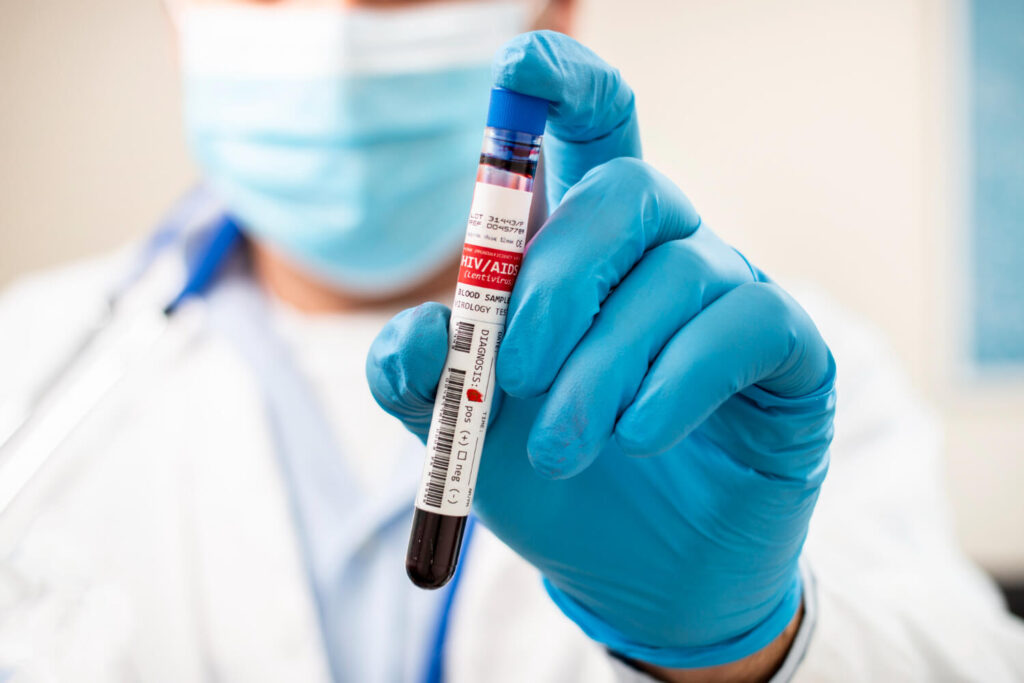
While the HIV sample collection technique was featured earlier, it’s not enough to act as a guide to first-time users of the HIV test kit. Collecting a blood sample for an HIV test requires precision and adherence to safety protocols to ensure both accuracy and the well-being of the individual being tested. In that case, here’s a thorough explanation of the blood sample collection technique.
Preparing the Collection Area
Before anything else, it’s best to first choose a clean, well-lit area free from distractions. Afterward, try to gather all necessary supplies, including lancets, collection tubes, gloves, and antiseptic wipes. Please ensure that all equipment is sterile and within its expiration date to prevent contamination and ensure accurate results.
Thorough preparation is key to ensure successful usage of the test kit. So, it’s best to adhere to the preparations mentioned above.
Performing a Finger Prick
After setting the area, it’s time to practice hygiene by thoroughly washing your hands with soap and water. This act can help eliminate any external contaminants that can affect the test results. At the same time, using an alcohol swab to clean the fingertip is a must to ensure a clean slate. However, please make sure to dry the area before pricking to not mix the blood and alcohol.
Once dry, it’s now safe to prick the side of the fingertip using a sterile lancet. Try avoiding the center to minimize discomfort. Squeeze the finger gently to produce a small drop of blood without causing excessive bleeding or bruising.
Collecting the Blood Sample
In terms of collecting the blood sample, it is crucial to follow the HIV test instructions to ensure the right way of getting the samples. This technique may involve a collection tube attached to the kit allowing it to be filled. When filling the tube, it’s important to not clench the fist tightly, as this can restrict blood flow and make it difficult to get a sample of your blood.
Techniques for Accurate Oral Fluid Sample Collection
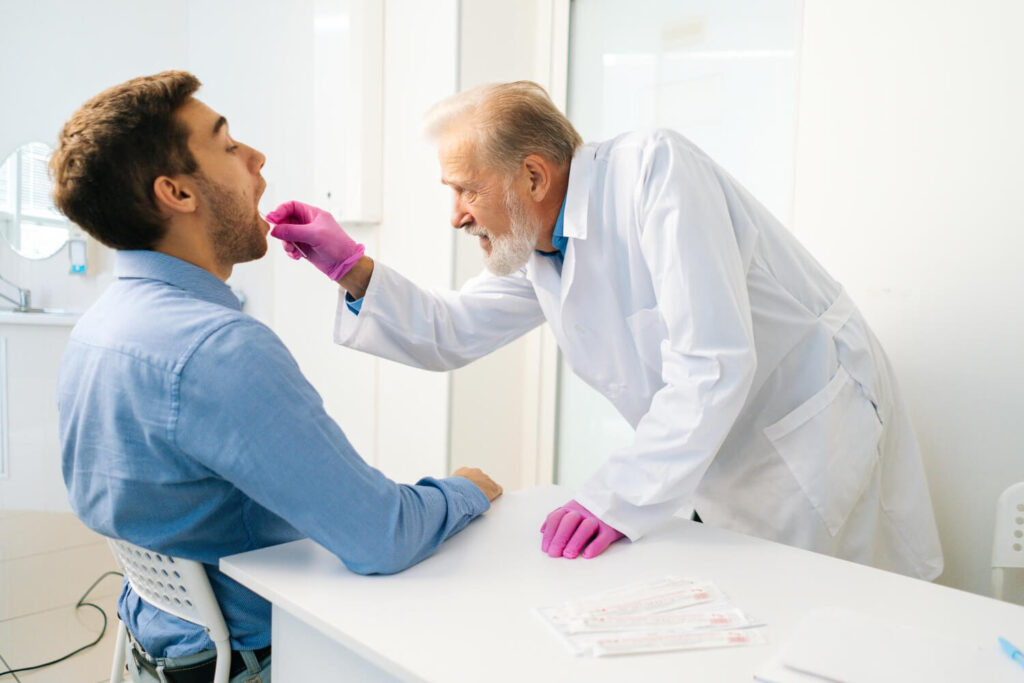
As mentioned, other substances can be used in the HIV test kit, and one of them is saliva. Oral fluid tests offer a convenient and non-invasive alternative to blood-based tests. Proper collection techniques are essential to ensure that the sample is sufficient for accurate HIV detection.
Here are some techniques for a successful HIV sample collection:
Preparing for the Test
It is important to avoid contamination at all costs. In that case, prioritizing hygiene should be in mind. For instance, washing hands with soap and water can help avoid contamination when collecting oral fluids. At the same time, avoiding bacterial accumulation in the mouth by not eating and drinking before the test can help prevent contamination. It’s best to not consume anything at least 30 minutes before the test to prevent contamination of the sample of oral fluid.
Collecting the Oral Fluid Sample
Before collecting the sample, it’s important to carefully open the test kit without touching the swab or the testing area to avoid contamination. Place the swab firmly between the upper gum and cheek, avoiding biting or sucking on the swab, which can dilute the sample. Rotate the swab gently for the recommended duration, typically 15-30 seconds, to collect an adequate amount of saliva. After swabbing, allow any excess fluid to drip back into the container before processing.
Overcoming Common Challenges in Sample Collection
Collecting HIV samples can present several challenges, but understanding how to address these obstacles can improve the testing experience and result accuracy.
- Fear of Pain or Discomfort
Solution: Educate individuals about the minimal discomfort associated with sample collection, especially with oral tests. Offering support and reassurance can alleviate anxiety.
- Limited Access to Testing Kits
Solution: Increase the availability of testing kits through community centers, healthcare facilities, and online platforms. Implementing mobile testing units can also reach underserved areas.
- Lack of Knowledge or Training
Solution: Provide comprehensive training programs for healthcare workers and clear, easy-to-follow instructions for self-testing kits. Utilize multimedia resources to educate the public.
Frequently Asked Questions
What is the best method for collecting an HIV blood sample?
The best method for collecting an HIV blood sample is through a finger prick using a sterile lancet. This method is less invasive than venipuncture and provides sufficient blood for accurate testing. Ensure that the finger is properly cleaned and that the lancet is used correctly to avoid contamination.
How do I store an HIV sample before testing?
After collection, store the HIV sample in a cool, dry place away from direct sunlight and extreme temperatures. Follow the test kit’s specific instructions regarding storage conditions and processing time to maintain the sample’s integrity and ensure accurate results.
Can I collect an HIV sample at home?
Yes, HIV sample collection can be performed at home using approved self-testing kits. These kits come with detailed instructions to guide you through the process safely. It is essential to follow the instructions carefully and seek professional medical advice if you receive a positive result.
How can I ensure my HIV test sample is not contaminated?
To prevent contamination, always wash your hands thoroughly before collecting the sample, use sterile equipment, and avoid touching the testing area of the swab or lancet. Follow the test kit’s instructions meticulously and handle all materials with care to maintain sample integrity.
Conclusion
Proper HIV sample collection is a critical component in ensuring accurate HIV test results. By adhering to safe and precise collection techniques for both blood and oral fluid samples, you can confidently manage your health and contribute to broader public health efforts aimed at reducing HIV prevalence.
Whether you’re preparing for your first test or seeking to refine your testing methods, this guide can help you perform better. If you need further assistance, you can book an online consultation with an infectious disease doctor today!
